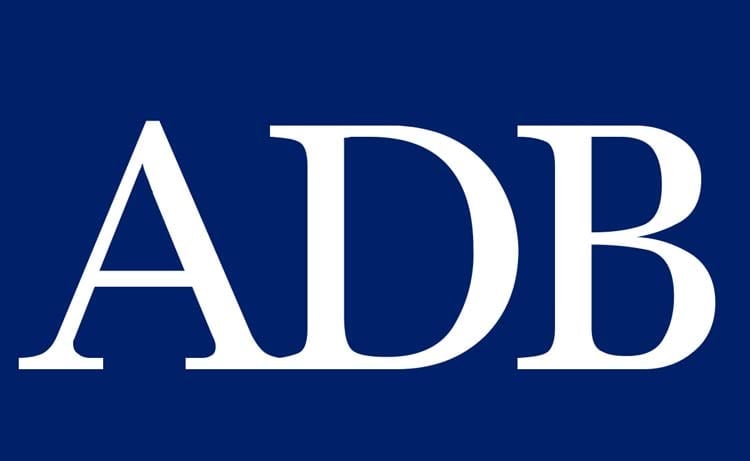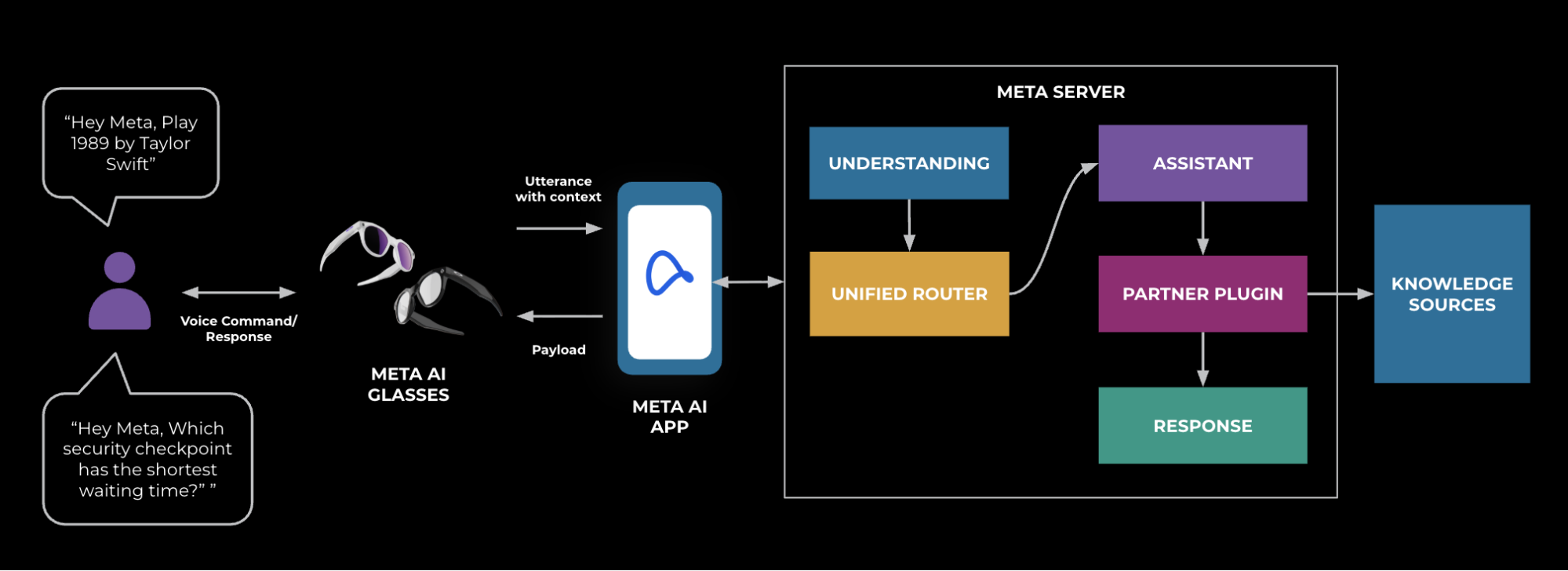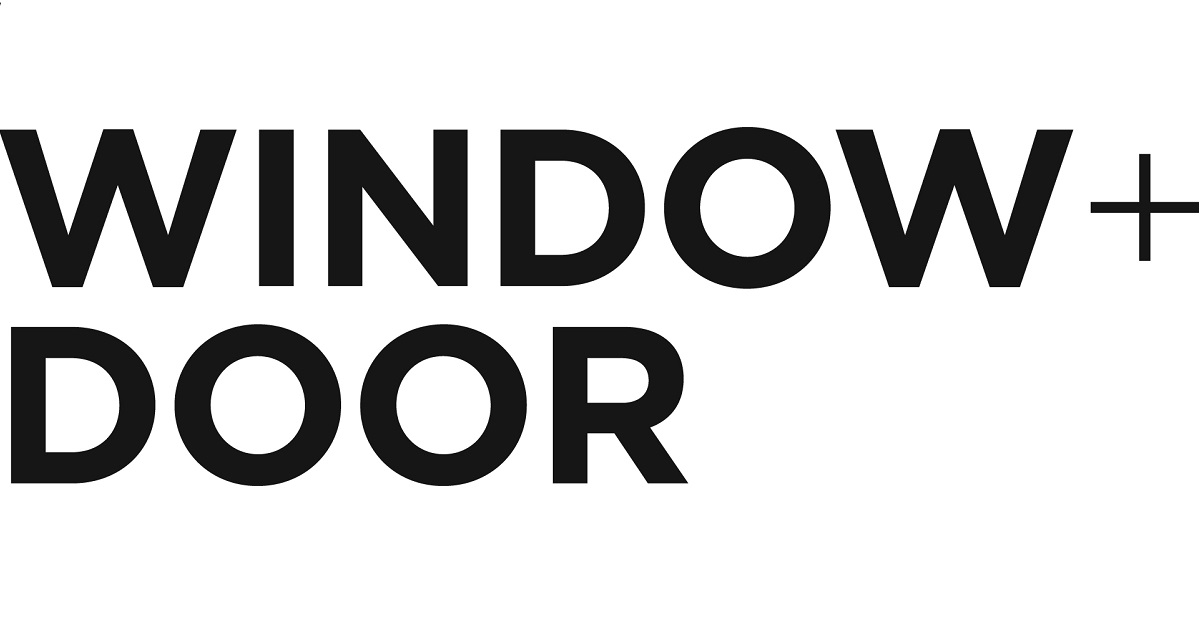Clark Fork River Market Expansion: A Strategic Initiative for Sustainable Community Development
Overview of the Initiative
The Clark Fork River Market in Missoula is transitioning from a seasonal to a year-round operation, extending its services from November through April. This strategic expansion aims to bolster the local economy and enhance community well-being, directly aligning with several United Nations Sustainable Development Goals (SDGs).
Contributions to Global Sustainable Development Goals
- SDG 1 (No Poverty) & SDG 8 (Decent Work and Economic Growth): The initiative provides a continuous, year-round income stream for local vendors, mitigating seasonal income loss and fostering sustained economic growth. By creating stable livelihood opportunities, the market directly supports local entrepreneurs and contributes to poverty reduction within the community.
- SDG 2 (Zero Hunger): The winter market enhances food security by providing consistent access to fresh, locally sourced food products during colder months. It facilitates the year-round use of SNAP benefits, ensuring that all community members, including vulnerable populations, can access nutritious food.
- SDG 11 (Sustainable Cities and Communities): This expansion strengthens the resilience of Missoula’s local food system. It fosters community cohesion by creating a public space for social interaction, music, and cultural exchange, making the city more inclusive and sustainable.
- SDG 12 (Responsible Consumption and Production): The market promotes sustainable consumption patterns by connecting consumers directly with local producers. This reduces food miles and supports responsible production methods, such as greenhouse-grown vegetables and other products created under the Montana Local Food Choice Act.
Operational Framework and Offerings
The winter market will be hosted at the Badlander in downtown Missoula.
- Duration: November through April.
- Scale: A smaller, curated version of the summer market.
- Products: A diverse range of local goods will be available, including:
- Greenhouse-grown vegetables and microgreens
- Baked goods and kombucha
- Beef and dairy products
- Other items permissible under the Montana Local Food Choice Act
Enabling Policy and Governance
The Missoula City Council has formally adopted a resolution to establish the winter market. This official designation is critical as it grants the market and its vendors access to key state-level exemptions and allowances within retail food law, such as the ability to sell certain home-cooked foods and beverages without a license. This supportive governance structure is instrumental in the initiative’s viability.
1. Which SDGs are addressed or connected to the issues highlighted in the article?
The article on Missoula’s Clark Fork River Market becoming a year-round operation connects to several Sustainable Development Goals (SDGs) by addressing issues of local economic stability, food security, and community development.
-
SDG 2: Zero Hunger
The article highlights the market’s role in providing access to local food, especially for vulnerable populations. The specific mention of “community members wanting to use their SNAP benefits outside of season” directly links the market’s expansion to food security and ensuring year-round access to nutritious, local food options.
-
SDG 8: Decent Work and Economic Growth
A primary driver for the market’s expansion is economic. The article explicitly states that the market “provides a livelihood to vendors” and that vendors expressed a need for this opportunity because “their income stopped” in the off-season. By operating year-round, the market aims to provide “an opportunity for our vendors to make a livelihood year round,” which supports decent work and sustained income for local small-scale entrepreneurs.
-
SDG 11: Sustainable Cities and Communities
The market is described as a community staple that “creates space for music, local produce and other local products.” By establishing a permanent, year-round presence, it strengthens the social fabric of Missoula, providing a consistent public space for community interaction and supporting positive economic links between urban consumers and local (peri-urban and rural) producers.
-
SDG 12: Responsible Consumption and Production
The market’s focus on “local produce,” “greenhouse grown vegetables,” and “locally curated” products promotes sustainable consumption patterns. Supporting local food systems shortens supply chains, reduces transportation emissions, and fosters a direct connection between consumers and producers, encouraging more responsible and informed purchasing decisions.
2. What specific targets under those SDGs can be identified based on the article’s content?
Based on the issues discussed, several specific SDG targets can be identified:
-
Target 2.1 (under SDG 2)
This target aims to “end hunger and ensure access by all people… to safe, nutritious and sufficient food all year round.” The market’s transition to a year-round operation directly addresses the “all year round” component of this target, especially for those using SNAP benefits to access fresh, local food during the winter months.
-
Target 8.3 (under SDG 8)
This target focuses on promoting “development-oriented policies that support productive activities, decent job creation, entrepreneurship, creativity and innovation.” The city’s resolution to establish the winter market and provide exemptions under the “local food choice act” is a policy that directly supports the entrepreneurship of approximately 215 summer vendors, allowing them to maintain productive activities and income throughout the year.
-
Target 11.a (under SDG 11)
This target is to “support positive economic, social and environmental links between urban, peri-urban and rural areas.” The Clark Fork River Market serves as a physical and economic link, bringing products like “beef and dairy products” and “greenhouse grown vegetables” from surrounding producers into the urban center of downtown Missoula, thereby strengthening regional development.
-
Target 12.2 (under SDG 12)
This target is to “achieve the sustainable management and efficient use of natural resources.” By providing a consistent marketplace for local food producers, the initiative encourages local production and consumption, which is a more efficient use of resources compared to long-distance food supply chains. The availability of local products like “micro greens, kombucha, baked goods, beef and dairy products” supports this goal.
3. Are there any indicators mentioned or implied in the article that can be used to measure progress towards the identified targets?
The article implies several quantitative and qualitative indicators that could be used to measure progress:
-
Indicator for Target 2.1
The mention of “community members wanting to use their SNAP benefits outside of season” implies a clear indicator: the volume or value of SNAP benefits redeemed at the market during the winter months (November through April). An increase in this metric would demonstrate improved year-round food access for vulnerable populations.
-
Indicator for Target 8.3
The article states the summer market has “roughly 215 summer vendors” and the winter market will be smaller but provide a “livelihood year round.” A direct indicator would be the number of vendors participating in the winter market. Another implied indicator is the continuity of income for vendors, which could be measured through surveys on vendor revenue during the new operating months.
-
Indicator for Target 11.a
The connection between urban and rural areas can be measured by the diversity of local products offered. An implied indicator is the number and variety of local producers (e.g., farms, ranches, bakeries) from outside the immediate city participating in the winter market. The list of products—”greenhouse grown vegetables, micro greens…beef and dairy products”—serves as a baseline for this diversity.
-
Indicator for Target 12.2
Progress towards responsible consumption can be measured by the market’s scale and offerings. An indicator could be the percentage of total market vendors selling locally sourced and produced food and goods. The article’s emphasis on “local produce” and “products using the Montana Local Food Choice Act” suggests this is a core value and a measurable aspect of the market’s operation.
4. Create a table with three columns titled ‘SDGs, Targets and Indicators” to present the findings from analyzing the article.
| SDGs | Targets | Indicators |
|---|---|---|
| SDG 2: Zero Hunger | 2.1: By 2030, end hunger and ensure access by all people… to safe, nutritious and sufficient food all year round. | Value of SNAP benefits redeemed at the market during the winter season (November-April). |
| SDG 8: Decent Work and Economic Growth | 8.3: Promote development-oriented policies that support productive activities, decent job creation, entrepreneurship… and encourage the formalization and growth of micro-, small- and medium-sized enterprises. | Number of vendors participating in the year-round market; Continuity of income for vendors. |
| SDG 11: Sustainable Cities and Communities | 11.a: Support positive economic, social and environmental links between urban, peri-urban and rural areas. | Number and variety of local producers from surrounding areas participating in the market. |
| SDG 12: Responsible Consumption and Production | 12.2: By 2030, achieve the sustainable management and efficient use of natural resources. | Percentage of vendors selling locally sourced and produced food items. |
Source: missoulacurrent.com







